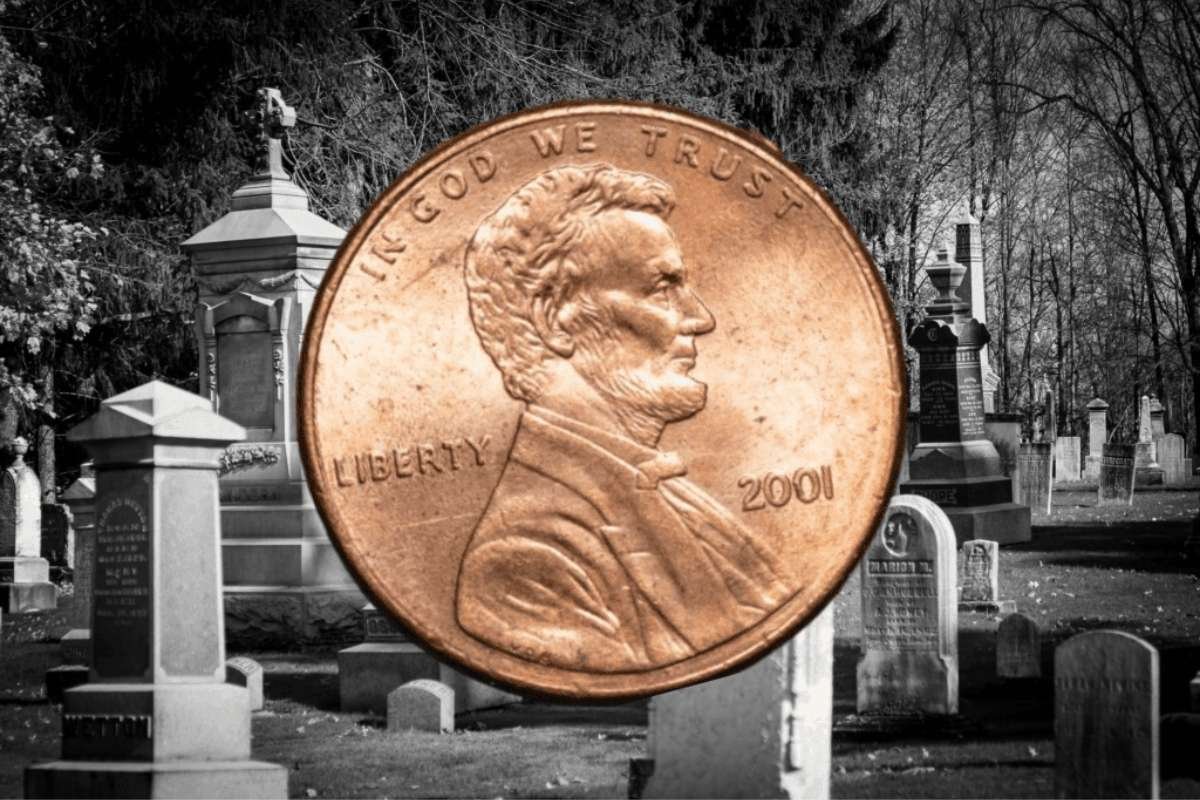Key Points:
- Final penny struck, ending 232-year run
- High costs and digital payments drove the decision
- Nickels and dimes may be next
The United States has officially bid farewell to one of its most familiar coins, the penny. On November 12, 2025, the U.S. Mint in Philadelphia struck the final one-cent coin, closing a historic chapter that spanned more than two centuries. The ceremonial event marked the last time the coin bearing Abraham Lincoln’s face rolled off the presses, symbolizing both nostalgia and the nation’s evolving financial priorities.
While no new pennies will be produced, the estimated 300 billion already in circulation will continue to be accepted as legal tender. The U.S. Treasury confirmed that existing pennies will remain in use until they naturally phase out through wear and loss. For collectors, a limited number of commemorative, non-circulating versions of the final batch will be available, ensuring the coin’s legacy endures even as it leaves everyday life behind.
Rising Costs and Changing Times Led to the Decision
The Penny era ends was not a sudden move but the result of years of debate over its cost-effectiveness. Producing a single penny had come to cost nearly four times its actual value, primarily due to rising metal prices and manufacturing expenses. The Treasury estimates that ending production will save taxpayers tens of millions of dollars annually, funds that can now be redirected toward other economic priorities.
The growing dominance of digital and contactless payments also played a decisive role. With cash transactions steadily declining, the need for low-denomination coins has diminished sharply. In many cases, pennies were more of an inconvenience than a necessity, often ending up in jars, drawers, or being discarded entirely. By halting production, the government aims to align currency systems with the realities of modern commerce, where virtual wallets and instant transfers are increasingly the norm.
What Comes Next for U.S. Coinage
As the penny era ends, widespread discussion has emerged about the future of other low-value coins, particularly the nickel and dime. Both denominations now cost more to produce than their actual worth, raising questions about their long-term viability. Economists and financial experts believe the nickel could be next on the chopping block if cost trends continue.
Retailers and financial institutions are already preparing for subtle shifts in everyday transactions. Some businesses have begun rounding prices to the nearest five cents to simplify cash handling, while others anticipate a seamless adjustment given the dominance of digital payments.
For many Americans, the Penny era ends retirement carries sentimental weight — a small yet symbolic reminder of changing times. From being a fixture in childhood piggy banks to a token of luck in fountains, the penny’s place in U.S. history is undeniable. But as the nation moves toward a cashless economy, its farewell underscores a simple truth: even the smallest coin cannot escape the march of progress.


















